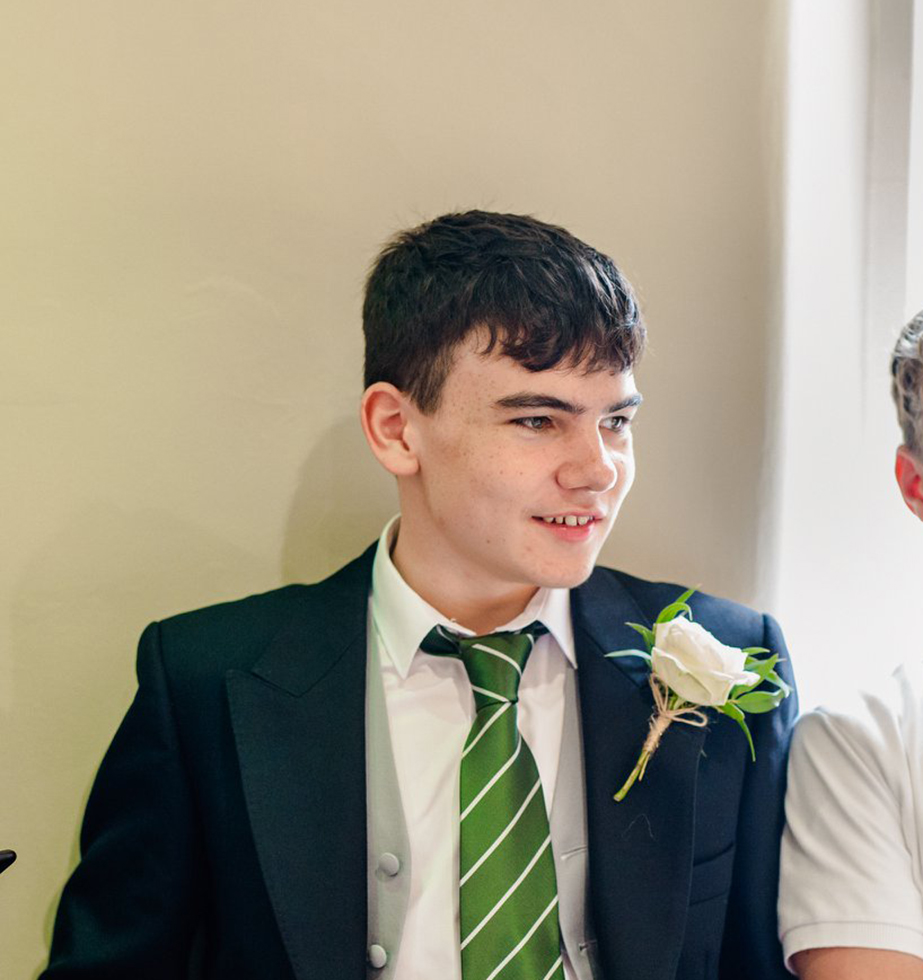
"Does bedtime technology have an affect on the body's circadian rhythm?"
What Is This Citizen Science Project About?
Children are one of the largest consumers of technology.
Children, adolescents, kids, youths, young people, call them what you like, they have all grown up using technology so readily, it’s almost an extension of the body. Children can be classed as ‘digital natives’. We live in an attention economy with so much information being processed and ignored on a daily basis that the quickest way to absorb this is digitally.
On 5th August, 2010, the then CEO of Google, Eric Schmidt, stated that every 2 days we create as much information as we did in the time period between the dawn of civilisation up to 2003. He stated this was around five exabytes of data, every 2 days.
This digital environment has led to an increase in the amount of time that children spend using digital screens and other forms of technology. Some schools even require their students to submit homework via digital devices, some issuing iPads and tablets for that very purpose. This increase in screen time is all part of modern education.
The portability of technology coupled with the drive for more compact devices that have multi-functions, has led to a dramatic rise in the use of mobile phone technology amongst adolescents.
The technology that we have today, being of a 24-hour nature, has brought the entire world closer together, enabled communication and provides information on-tap at a moment’s notice. This has created a societal addiction to information and the need to remain constantly connected to one another.
Alongside this rise in the use of technology during bedtimes, is the problem that adolescents get fewer hours of sleep during weekdays and this affects their abilities during the daytimes both inside and outside the school setting.
Some studies have shown that a reduction in sleep or sleep disturbance has other consequences including long-term health affects to motor development, weight gain, cognitive functioning, increased addictions to caffeine and nicotine and even suggestions of cancer growth.
Although the various mechanisms that affect circadian rhythms have remained similar throughout history, it’s only in recent times that technology has started to play its part and the things that accentuate these mechanisms are related to what we term, ‘zeitgeist.’ The Oxford English Dictionary defines zeitgeist as, “…the general mood or quality of a particular period of history, as shown by the ideas, beliefs, etc. common at the time.” These are things like societal, cultural, technological and general lifestyle trends that occur within each era.
There is already a wealth of research covering different age demographics and some indicating a causal link between night time technology use and daytime sleepiness. These studies aren’t confined to the UK. Research has been undertaken in many countries around the world.
The aim of this citizen science project is to build upon the original research study and to see whether it can be established through empirical study of a statistically significant-sized data sample, that bedtime technology has an affect on circadian rhythms in adolescents all around the world and not just in the UK. This project focuses on 3 core areas: i) Sleep; ii) Bedtime technology and iii) Circadian rhythms.


Philanthropy
This citizen science project has also been launched during the 75th anniversary of the creation of the United Nations, as part of a series of UN75 'Shaping Our Future Together' programmes.
The project also supports the United Nations (UN) Sustainable Development Goals, specifically SDG3: to ensure healthy lives and promote well-being for all at all ages.

About The Original Researcher

Montgomery (Monty) Lord
The founder of this citizen science research project is Montgomery (Monty) Lord. He came across this idea at the age of 14 years old and conducted a full research study into the affects of bedtime technology devices on circadian rhythms.
This research started out as a CREST (British Science Association) science project.
Throughout the project Monty applied himself diligently & excelled in proving the hypothesis into, what is, a very new area of clinical research.
Monty's intention is to present the findings to key influencers in the government in the hope that some of his recommended prevention and intervention strategies can be implemented at a national level.
Monty opened up his research to the wider community in the form of this citizen science project, in the hope that everyone can learn & share from the results and play a part in adding to the data sample, further strengthening the argument that this represents a very clear public health concern for adolescents in all countries.

